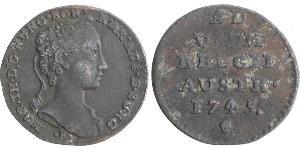[ 2337] Sicily: Himera. Silver Drachm (18mm , 3.64 grams), 482-472 B.C. VERY RARE. Reference: SNG ANG 153; SNG Lockett 686. ex NAC. Cock standing left. Crab. Provided with certificate of authenticity. CERTIFIED AUTHENTIC by Sergey Nechayev, PhD - Numismatic Expert Himera (Greek: Ἱμέρα), was an important ancient Greek city of Sicily, situated on the north coast of the island, at the mouth of the river of the same name (the modern Grande), between Panormus (modern Palermo) and Cephaloedium (modern Cefalù). Its remains lie within the borders of the modern comune of Termini Imerese. Remains of the Temple of Victory. Ideal reconstruction of the Temple of Victory. // History Foundation and earliest history It was the first Greek settlement on this part of the island and was a strategic outpost just outside the eastern boundary of the Carthaginian-controlled west. Thucydides says it was the only Greek city on this coast of Sicily,[1] which must however be understood with reference only to independent cities; Mylae, which was also on the north coast, and certainly of Greek origin, being a dependency of Zancle (modern Messina). All authorities agree that Himera was a colony of Zancle, but Thucydides tells us that, with the emigrants from Zancle, who were of Chalcidic origin, were mingled a number of Syracusan exiles, the consequence of which was, that, though the institutions (νόμιμα) of the new city were Chalcidic, its dialect had a mixture of Doric. The foundation of Himera is placed subsequent to that of Mylae (as, from their relative positions, might naturally have been expected) both by Strabo and Scymnus Chius: its date is not mentioned by Thucydides, but Diodorus tells us that it had existed 240 years at the time of its destruction by the Carthaginians, which would fix its first settlement in 648 BCE.[2] We have very little information as to its early history: an obscure notice in Aristotle,[3] from which it appears to have at one time fallen under the dominion of the tyrant Phalaris, being the only mention we find of it, until about 490 BCE, when it afforded a temporary refuge to Scythes, tyrant of Zancle, after his expulsion from the latter city.[4] Not long after this event, Himera fell itself under the yoke of a despot named Terillus, who sought to fortify his power by contracting a close alliance with Anaxilas, at that time ruler both of Rhegium (modern Reggio di Calabria) and Zancle. But Terillus was unable to resist the power of Theron, despot of Agrigentum (modern Agrigento), and, being expelled by him from Himera, had recourse to the assistance of the Carthaginians, a circumstance which became the immediate occasion of the first great expedition of that people to Sicily, 480 BCE.[5] First interaction with Carthage The magnitude of the armament sent under Hamilcar, who is said to have landed in Sicily with an army of 300,000 men, in itself sufficiently proves that the conquest of Himera was rather the pretext, than the object, of the war: but it is likely that the growing power of that city, in the immediate neighborhood of the Carthaginian settlements of Panormus and Solus, had already given umbrage to the latter people. Hence it was against Himera that the first efforts of Hamilcar were directed: but Theron, who had thrown himself into the city with all the forces at his command, was able to maintain its defence till the arrival of Gelon of Syracuse, who, notwithstanding the numerical inferiority of his forces, defeated the vast army of the Carthaginians with such slaughter that the Battle of Himera was regarded by the Greeks of Sicily as worthy of comparison with the contemporary victory of Salamis.[6] The same feeling probably gave rise to the tradition or belief, that both triumphs were achieved on the very same day.[7] After the Battle of Himera This great victory left Theron in the undisputed possession of the sovereignty of Himera, as well as of that of Agrigentum; but he appears to ha ...
читати далі

|
Добавив:
anonymous 2015-08-19 |
Similar Coin Groups
2025-06-14
- Нова монета додана до 1 Пені Велика Британія Срібло Едвард VII (1841-1910)
1 Пені Велика Британія Срібло Едвард VII (1841-1910)
в групі 5 монет / 5 цін
⇑
GREAT BRITAIN 1904 1 Penny Maundy Silver P/L UNC
2025-05-25
- Нова монета додана до 1 Liard Австрійські Нідерланди (1713-1795) Мідь
1 Liard Австрійські Нідерланди (1713-1795) Мідь
в групі 4 монет / 4 цін
⇑
Austrian Netherlands. Maria-Theresa (1740-1780). Ae Liard, 1745 Angel head Brussels (Ae - 3,34g - 22mm). KM 1. About very fine.
Можливо, Вас зацікавить...

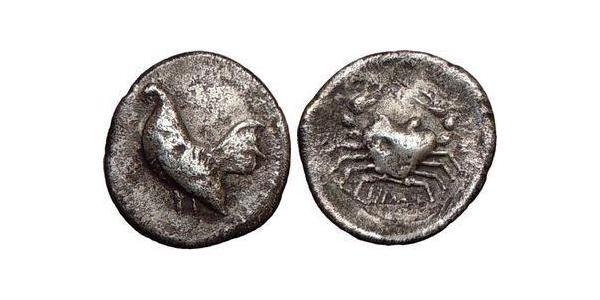



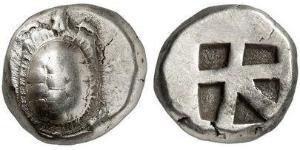

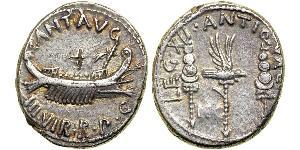

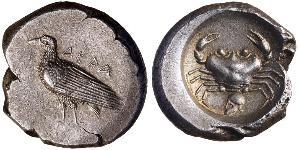
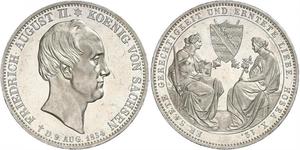
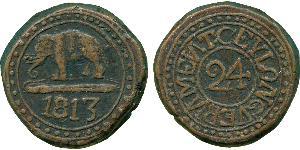
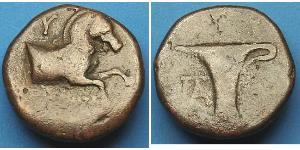



-300-150-P8gsHgTy6VEAAAGTRmDWdZPt.jpg)
